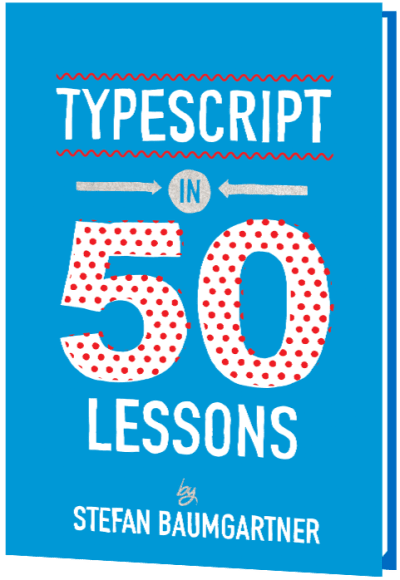The Grayscale Problem
Last year, a study found that cars are steadily getting less colourful. In the US, around 80% of cars are now black, white, gray, or silver, up from 60% in 2004. This trend has been attributed to cost savings and consumer preferences. Whatever the reasons, the result is hard to deny: a big part of daily life isn’t as colourful as it used to be.

The colourfulness of mass consumer products is hardly the bellwether for how vibrant life is as a whole, but the study captures a trend a lot of us recognise — offline and on. From colour to design to public discourse, a lot of life is getting less varied, more grayscale.

The web is caught in the same current. There is plenty right with it — it retains plenty of its founding principles — but its state is not healthy. From AI slop to shoddy service providers to enshittification, the digital world faces its own grayscale problem.
This bears talking about. One of life’s great fallacies is that things get better over time on their own. They can, but it’s certainly not a given. I don’t think the moral arc of the universe does not bend towards justice, not on its own; I think it bends wherever it is dragged, kicking and screaming, by those with the will and the means to do so.
Much of the modern web, and the forces of optimisation and standardisation that drive it, bear an uncanny resemblance to the trend of car colours. Processes like market research and A/B testing — the process by which two options are compared to see which ‘performs’ better on clickthrough, engagement, etc. — have their value, but they don’t lend themselves to particularly stimulating design choices.
The spirit of free expression that made the formative years of the internet so exciting — think GeoCities, personal blogging, and so on — is on the slide.

The ongoing transition to a more decentralised, privacy-aware Web3 holds some promise. Two-thirds of the world’s population now has online access — though that still leaves plenty of work to do — with a wealth of platforms allowing billions of people to connect. The dream of a digital world that is open, connected, and flat endures, but is tainted.
Monopolies
One of the main sources of concern for me is that although more people are online than ever, they are concentrating on fewer and fewer sites. A study published in 2021 found that activity is concentrated in a handful of websites. Think Google, Amazon, Facebook, Instagram, and, more recently, ChatGPT:
“So, while there is still growth in the functions, features, and applications offered on the web, the number of entities providing these functions is shrinking. [...] The authority, influence, and visibility of the top 1,000 global websites (as measured by network centrality or PageRank) is growing every month, at the expense of all other sites.”
Monopolies by nature reduce variance, both through their domination of the market and (understandably in fairness) internal preferences for consistency. And, let’s be frank, they have a vested interest in crushing any potential upstarts.
- “Readability Algorithms Should Be Tools, Not Targets”
- “Towards An Ad-Free Web: Diversifying The Online Economy”
Dominant websites often fall victim to what I like to call Internet Explorer Syndrome, where their dominance breeds a certain amount of complacency. Why improve your quality when you’re sitting on 90% market share? No wonder the likes of Google are getting worse.
The most immediate sign of this is obviously how sites are designed and how they look. A lot of the big players look an awful lot like each other. Even personal websites are built atop third-party website builders. Millions of people wind up using the same handful of templates, and that’s if they have their own website at all. On social media, we are little more than a profile picture and a pithy tagline. The rest is boilerplate.

Should there be sleek, minimalist, ‘grayscale’ design systems and websites? Absolutely. But there should be colourful, kooky ones too, and if anything, they’re fading away. Do we really want to spend our online lives in the digital equivalent of Levittowns? Even logos are contriving to be less eye-catching. It feels like a matter of time before every major logo is a circle in a pastel colour.

The arrival of Artificial Intelligence into our everyday lives (and a decent chunk of the digital services we use) has put all of this into overdrive. Amalgamating — and hallucinating from — content that was already trending towards a perfect average, it is grayscale in its purest form.
Mix all the colours together, and what do you get? A muddy gray gloop.

I’m not railing against best practice. A lot of conventions have become the standard for good reason. One could just as easily shake their fist at the sky and wonder why all newspapers look the same, or all books. I hope the difference here is clear, though.
“
In the Oscar Wilde play Lady Windermere’s Fan, a character quips that a cynic “knows the price of everything and the value of nothing.” In fairness, another quips back that a sentimentalist “sees an absurd value in everything, and doesn’t know the market price of any single thing.”
The sweet spot is somewhere in between. Structure goes a long way, but life needs a bit of variety too.
So, how do we go about bringing that variety? We probably shouldn’t hold our breath on big players to lead the way. They have the most to lose, after all. Why risk being colourful or dynamic if it impacts the bottom line?
We, the citizens of the web, have more power than we realise. This is the web, remember, a place where if you can imagine it, odds are you can make it. And at zero cost. No materials to buy and ship, no shareholders to appease. A place as flexible — and limitless — as the web has no business being boring.
There are plenty of ways, big and small, of keeping this place colourful. Whether our digital footprints are on third-party websites or ones we build ourselves, we needn’t toe the line.
Colour seems an appropriate place to start. When given the choice, try something audacious rather than safe. The worst that can happen is that it doesn’t work. It’s not like the sunk cost of painting a room; if you don’t like the palette, you simply change the hex codes. The same is true of fonts, icons, and other building blocks of the web.
As an example, a couple of friends and I listen to and review albums occasionally as a hobby. On the website, the palette of each review page reflects the album artwork:

I couldn’t tell you if reviews ‘perform’ better or worse than if they had a grayscale palette, because I don’t care. I think it’s a lot nicer to look at. And for those wondering, yes, I have tried to make every page meet AA Web Accessibility standards. Vibrant and accessible aren’t mutually exclusive.
Another great way of bringing vibrancy to the web is a degree of randomisation. Bruno Simon of Three Journey and awesome portfolio fame weaves random generation into a lot of his projects, and the results are gorgeous. What’s more, they feel familiar, natural, because life is full of wildcards.
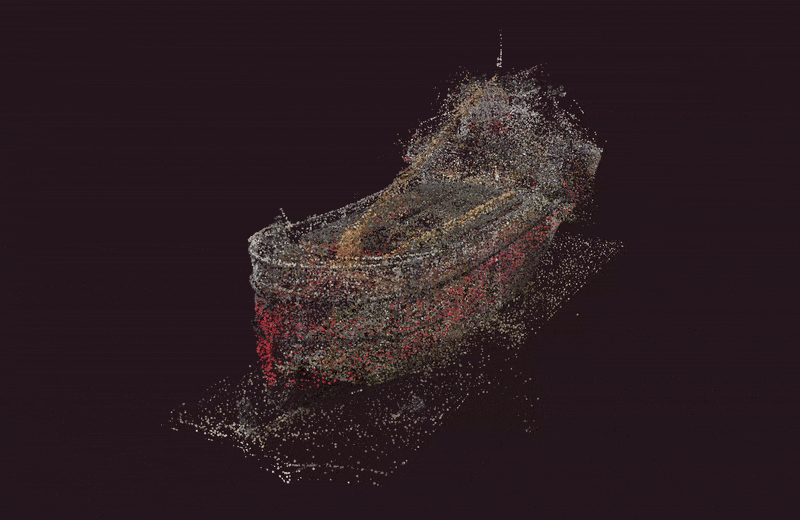
This needn’t be in fancy 3D models. You could lightly rotate images to create a more informal, photo album mood, or chuck in the occasional random link in a list of recommended articles, just to shake things up.
In a lot of ways, it boils down to an attitude of just trying stuff out. Make your own font, give the site a sepia filter, and add that easter egg you keep thinking about. Just because someone, somewhere has already done it doesn’t mean you can’t do it your own way. And who knows, maybe your way stumbles onto someplace wholly new.
I’m wary of being too prescriptive. I don’t have the keys to a colourful web. No one person does. A vibrant community is the sum total of its people. What keeps things interesting is individuals trying wacky ideas and putting them out there. Expression for expression’s sake. Experimentation for experimentation’s sake. Tinkering for tinkering’s sake.
As users, there’s also plenty of room to be adventurous and try out open source alternatives to the software monopolies that shape so much of today’s Web. Being active in the communities that shape those tools helps to sustain a more open, collaborative digital world.
Although there are lessons to be taken from it, we won’t get a more colourful web by idealising the past or pining to get back to the ‘90s. Nor is there any point in resisting new technologies. AI is here; the choice is whether we use it or it uses us. We must have the courage to carry forward what still holds true, drop what doesn’t, and explore new ideas with a spirit of play.
Here are a few more Smashing articles in that spirit:
- “Playfulness In Code: Supercharge Your Learning By Having Fun” by Jhey Tompkins
- “The Psychology Of Color In UX And Digital Products” by Rodolpho Henrique
- “Creativity In A World Of Technology: Does It Exist?” By Maggie Mackenzie
- “What Zen And The Art Of Motorcycle Maintenance Can Teach Us About Web Design”
- “An Ode To Side Project Time”
I do think there’s a broader discussion to be had about the extent to which A/B tests, bottom lines, and focus groups seem to dictate much of how the modern web looks and feels. With sites being squeezed tighter and tighter by dwindling advertising revenues, and AI answers muscling in on search traffic, the corporate entities behind larger websites can’t justify doing anything other than what is safe and proven, for fear of shrinking their slice of the pie.
Lest we forget, though, most of the web isn’t beholden to those types of pressure. From pet projects to wikis to forums to community news outlets to all manner of other things, there are countless reasons for websites to exist, and they needn’t take design cues from the handful of sites slugging it out at the top.
Connected with this is the dire need for digital literacy (PDF) — ‘the confident and critical use of a full range of digital technologies for information, communication and basic problem-solving in all aspects of life.’ For as long as using third-party platforms is a necessity rather than a choice, the needle’s only going to move so much.
There’s a reason why Minecraft is the world’s best-selling game. People are creative. When given the tools — and the opportunity — that creativity will manifest in weird and wonderful ways. That game is a lot of things, but gray ain’t one of them.
The web has all of that flexibility and more. It is a manifestation of imagination. Imagination trends towards colour, not grayness. It doesn’t always feel like it, but where the internet goes is decided by its citizens. The internet is ours. If we want to, we can make it technicolor.



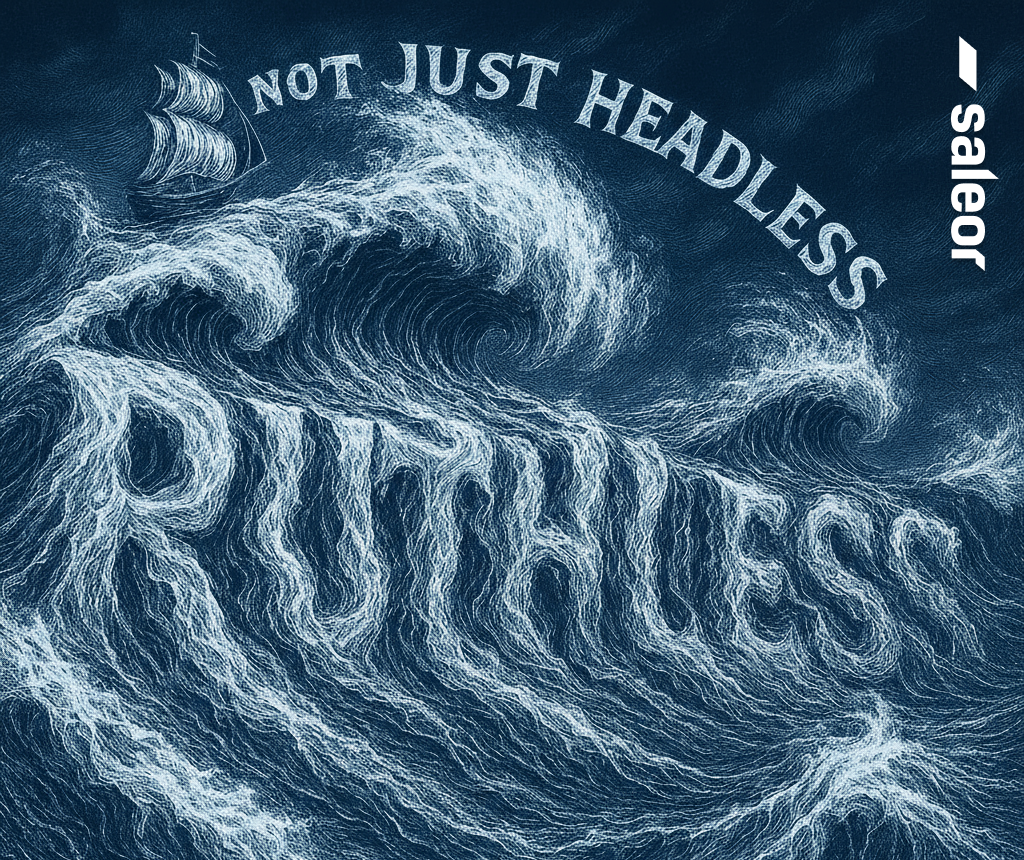 Agent Ready is the new Headless
Agent Ready is the new Headless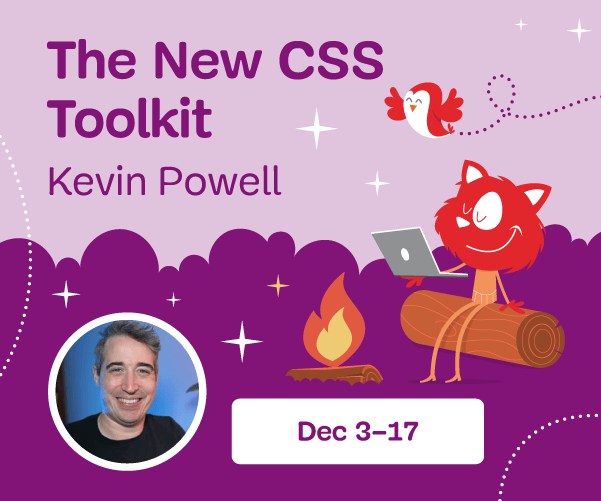
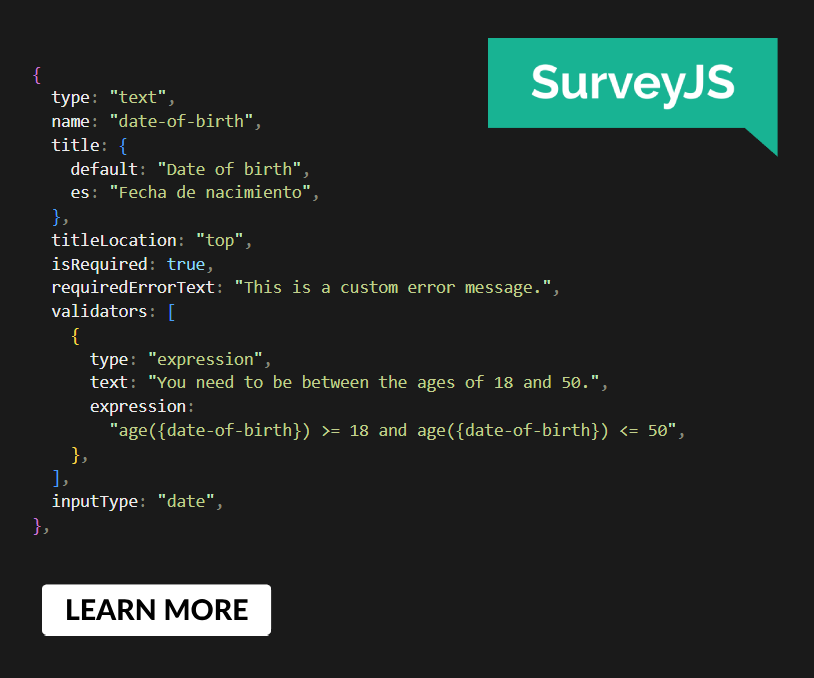 SurveyJS: White-Label Survey Solution for Your JS App
SurveyJS: White-Label Survey Solution for Your JS App



